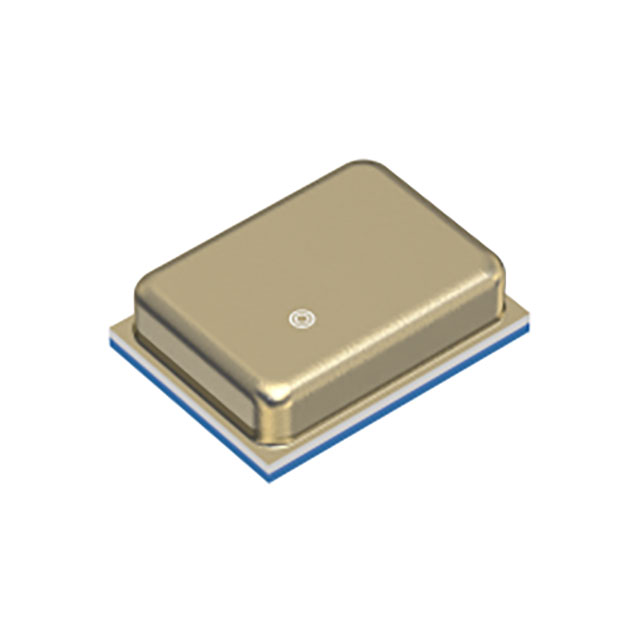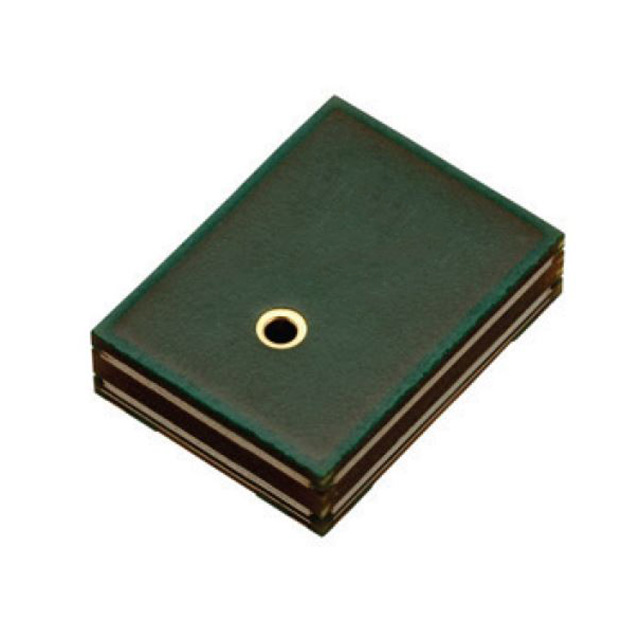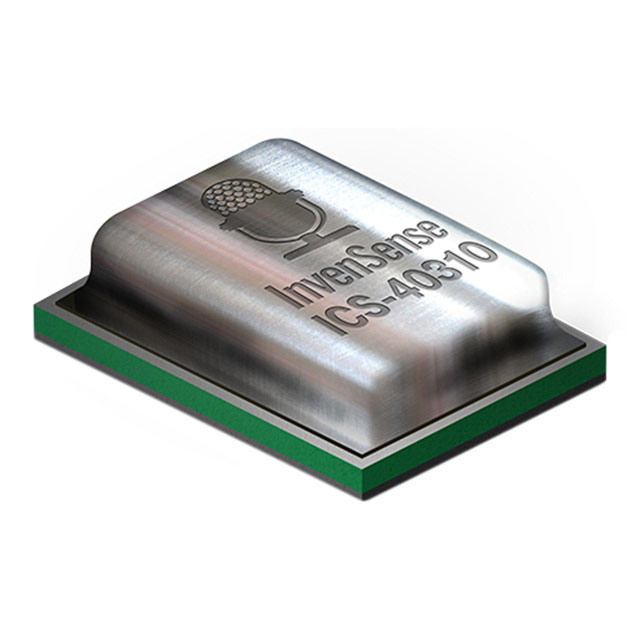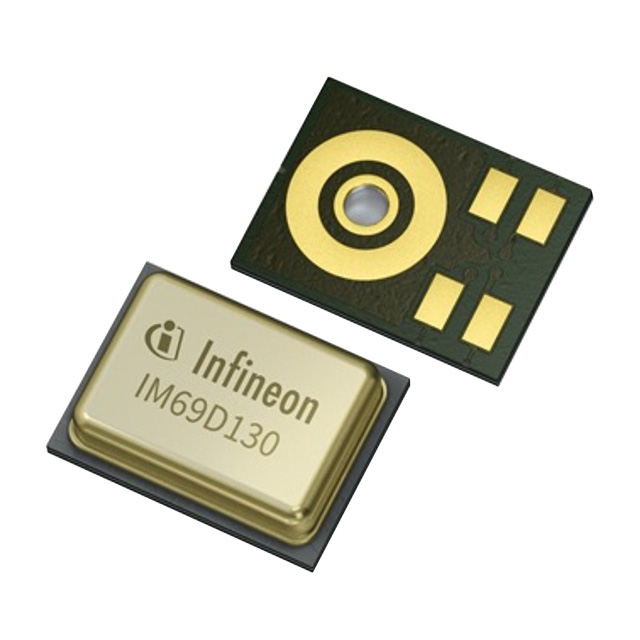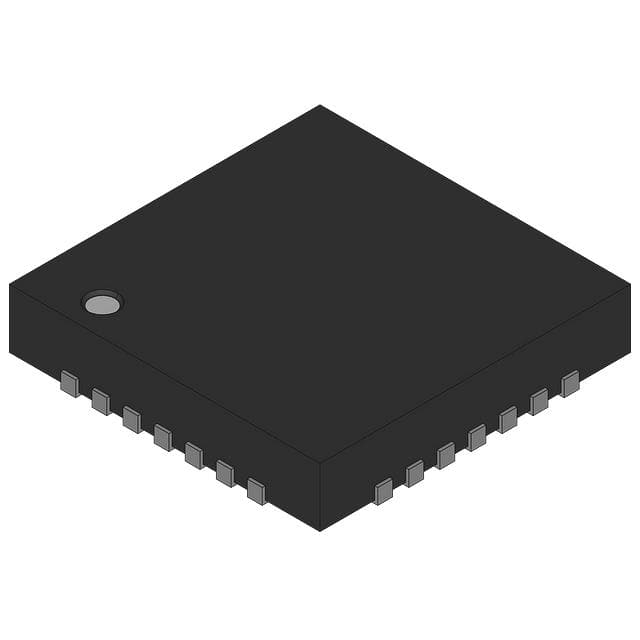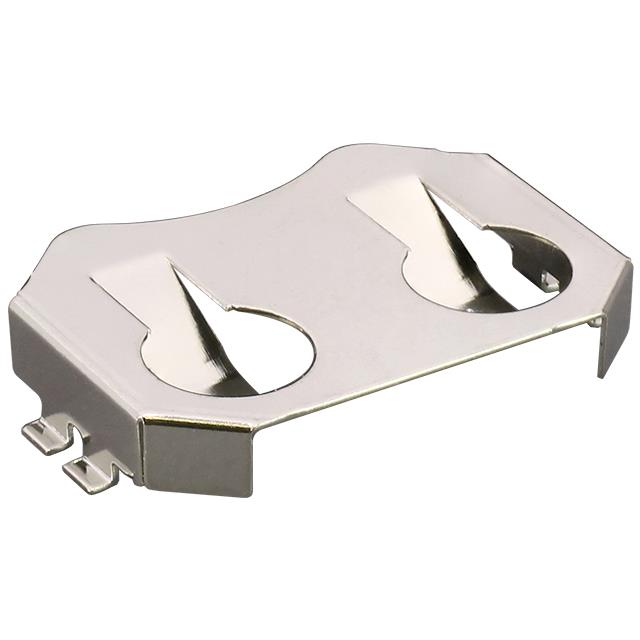NCP5623CMUTBG
NCP5623CMUTBG is a three-channel current controller designed for RGB LED driving launched by ON Semiconductor.
Wiznet W5500
W5500 is a hardware-based TCP/IP protocol stack Ethernet controller developed by Wiznet.By communicating with the main control MCU through the SPI interface, W5500 can quickly implement network functions without implementing complex protocol stacks in the main control chip.
Microchip Technology ATMEGA128A-AU
ATmega128A-AU is an 8-bit microcontroller based on AVR architecture produced by Microchip Technology. It is widely used in embedded systems and is popular for its high performance and low power consumption.
Microchip Technology ATMEGA328P-AU
ATMEGA328P-AU is a cost-effective 8-bit microcontroller. Its rich resources, low-power design and good compatibility make it a widely used solution in embedded development, especially for embedded applications that require low power consumption and medium complexity.
Nordic Semiconductor NRF52832-QFAA-R
NRF52832-QFAA-R is a wireless communication chip with excellent performance, low power consumption and easy development. It supports the new features of Bluetooth 5.0, making it widely used in the fields of IoT, smart homes and portable devices. Its powerful computing power and multi-protocol support provide developers with flexible solutions.
ATMEGA328P-PU
ATmega328P-PU is an 8-bit microcontroller manufactured by Microchip Technology (formerly Atmel), widely used in embedded systems and development boards, especially popular on the Arduino platform.
STMicroelectronics LIS3DHTR
STMicroelectronics LIS3DHTR is a low-power, high-performance 3-axis digital accelerometer that is widely used in motion sensing, tilt detection, vibration monitoring and direction tracking. The sensor has a small size, high resolution and low power consumption, making it ideal for battery-powered devices and portable applications.
STMicroelectronics STM32F103VET6
STM32F103VET6 is a 32-bit microcontroller based on the ARM Cortex-M3 core produced by STMicroelectronics. It belongs to the high-performance product line of the STM32F1 series and is widely used in embedded applications such as industrial control, IoT devices, and home appliance control.
STMicroelectronics STM32F407ZET6
STM32F407ZET6 is a high-performance microcontroller produced by STMicroelectronics, which is widely used in industrial automation, Internet of Things, robot control and other fields.
STMicroelectronics STM32F105VCT6
STM32F105VCT6 is a versatile and powerful microcontroller that combines an ARM Cortex-M3 core with a rich set of peripherals and low power consumption. Its 128 KB Flash, 16 KB RAM, and extensive I/O options make it a suitable choice for a variety of embedded applications in industrial, automotive, and consumer markets. Its robust features, such as USB, CAN, ADC, and DMA, along with low-power operation, make it a solid solution for systems requiring real-time processing and efficient power usage.
Texas Instruments ULN2003ADR
ULN2003ADR is a common high current power driver produced by STMicroelectronics. It is a variant of the ULN2003 series and is usually used to control high current loads such as stepper motors, relays, solenoid valves, etc.
STM32F407VGT6 Microcontroller
TM32F407VGT6 is a powerful and flexible microcontroller suitable for a variety of embedded applications. Its high performance, rich peripheral interfaces and powerful processing capabilities make it an ideal choice for developing complex systems.
MCIMX6G2CVM05AB
MCIMX6G2CVM05AB is a powerful application processor that combines high-performance processing capabilities and rich multimedia functions, making it very suitable for a variety of embedded applications. Its low power consumption characteristics and flexible interface design enable it to perform well in various industrial and consumer applications.
STM32F405RGT6
The STM32F405RGT6 is a high-performance 32-bit microcontroller produced by STMicroelectronics. It is based on the ARM Cortex-M4 core and is suitable for embedded applications that require high performance and processing power.
STM32F030C8T6
STM32F030C8T6 is a powerful and affordable microcontroller suitable for a variety of low-power and low-cost embedded applications. Its flexible peripherals and diverse application areas make it a popular choice for developers.
Microchip Technology ATMEGA128A-AU
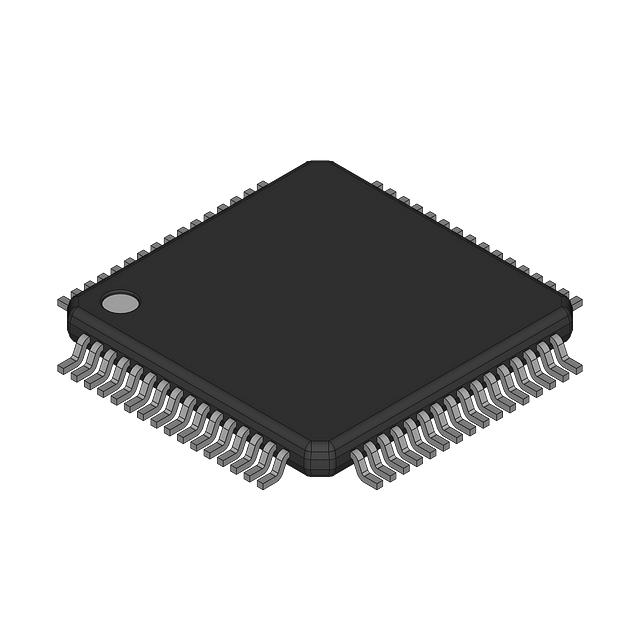
ATMEGA128A-AU Introduction
ATmega128A-AU is an 8-bit microcontroller based on AVR architecture produced by Microchip Technology. It is widely used in embedded systems and is popular for its high performance and low power consumption.
ATMEGA128A-AU parameters
ATMEGA128A-AU Similar Comparisons
ATMEGA128A-AU vs ATMEGA64A-AUR vs AT90CAN32-16AU vs AT90CAN128-16AUR Comparison
| Feature | ATMEGA128A-AU | ATMEGA64A-AUR | AT90CAN32-16AU | AT90CAN128-16AUR |
|---|---|---|---|---|
| Image | 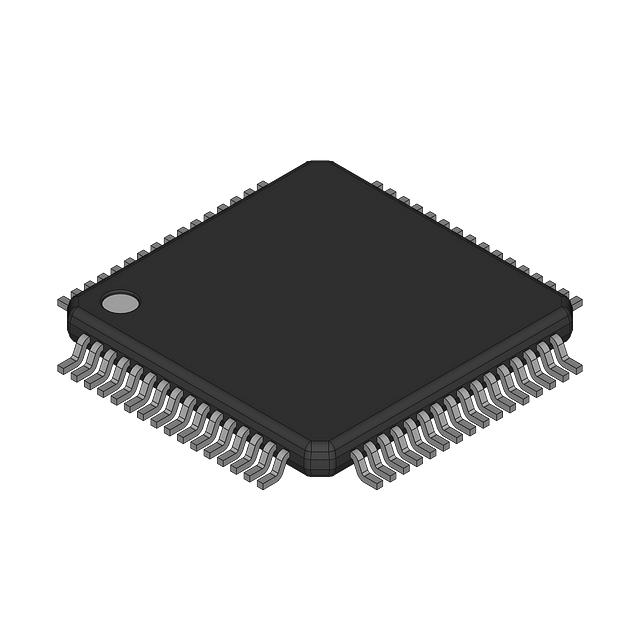 | 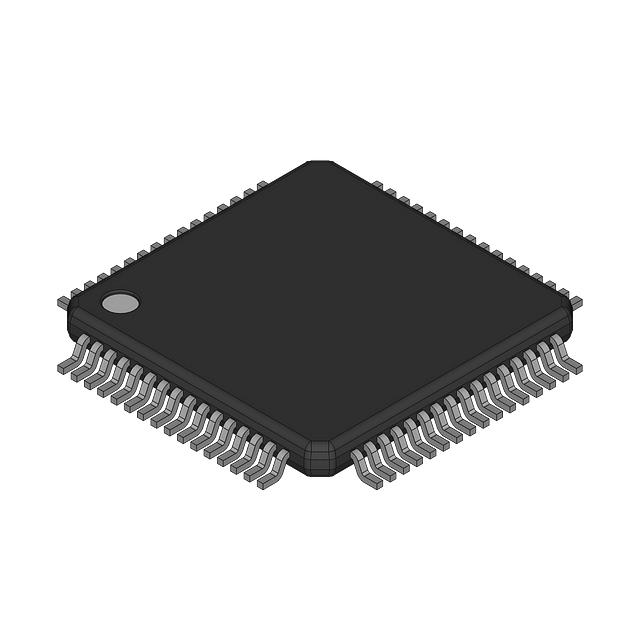 | 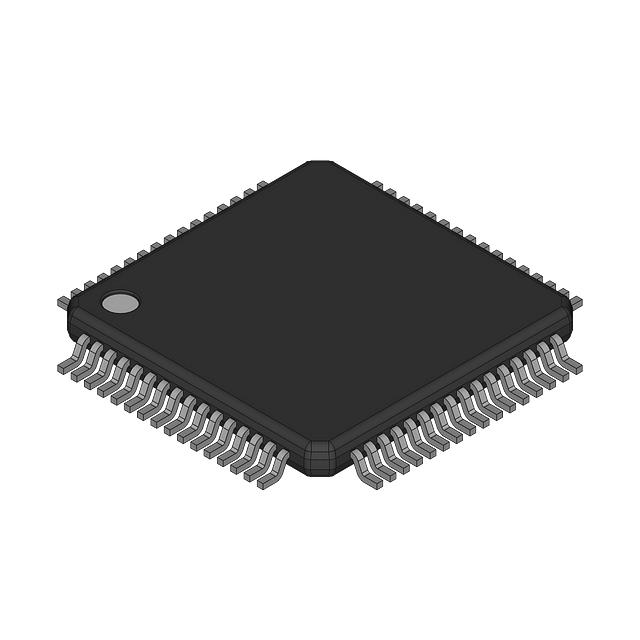 | 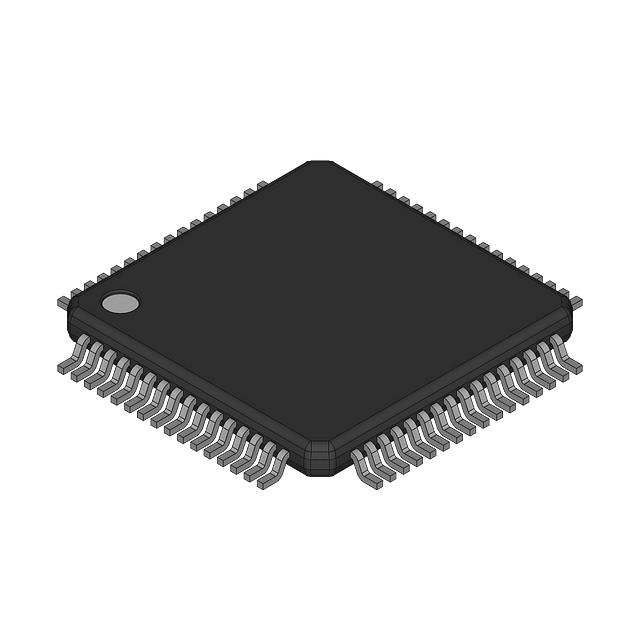 |
| Manufacturer | Microchip Technology | Microchip Technology | Microchip Technology | Microchip Technology |
| Architecture | AVR 8-bit RISC | AVR 8-bit RISC | AVR 8-bit RISC | AVR 8-bit RISC |
| Program Memory (Flash) | 128 KB | 64 KB | 32 KB | 128 KB |
| SRAM | 4 KB | 4 KB | 2 KB | 4 KB |
| EEPROM | 4 KB | 2 KB | 1 KB | 4 KB |
| Max Clock Speed | 16 MHz | 16 MHz | 16 MHz | 16 MHz |
| I/O Pins | 53 | 53 | 53 | 53 |
| Timers | 2×8-bit, 2×16-bit | 2×8-bit, 2×16-bit | 2×8-bit, 2×16-bit | 2×8-bit, 2×16-bit |
| ADC Channels | 8 | 8 | 8 | 8 |
| ADC Resolution | 10-bit | 10-bit | 10-bit | 10-bit |
| CAN Interface | No | No | Yes | Yes |
| USART | Yes (2 channels) | Yes (2 channels) | Yes (1 channels) | Yes (2 channels) |
| SPI | Yes | Yes | Yes | Yes |
| I²C (TWI) | Yes | Yes | Yes | Yes |
| Watchdog Timer | Yes | Yes | Yes | Yes |
| JTAG Debugging | Yes | Yes | Yes | Yes |
| Power Supply | 2.7V - 5.5V | 2.7V - 5.5V | 2.7V - 5.5V | 2.7V - 5.5V |
| Operating Temperature | -40°C to +85°C | -40°C to +85°C | -40°C to +85°C | -40°C to +85°C |
| Package | TQFP-64 | TQFP-64 | TQFP-64 | TQFP-64 |
Comparative Analysis
1.Program Storage Capacity
ATMEGA128A-AU and AT90CAN128-16AUR offer 128 KB of Flash program memory, suitable for larger programs.
ATMEGA64A-AUR and AT90CAN32-16AU offer smaller capacities of 64 KB and 32 KB, respectively, suitable for smaller application scenarios.
2.Communication Interface
AT90CAN32-16AU and AT90CAN128-16AUR support CAN bus interface, suitable for automotive and industrial communication applications.
ATMEGA128A-AU and ATMEGA64A-AUR do not have CAN interfaces, but support standard USART, SPI, and I²C.
3.Storage Resources
ATMEGA128A-AU and AT90CAN128-16AUR provide 4 KB of EEPROM and 4 KB of SRAM, which are the highest storage configurations among the four.
AT90CAN32-16AU has the smallest SRAM and EEPROM, which are 2 KB and 1 KB respectively.
4.Package and Operating Environment
All models are packaged in TQFP-64 and support industrial-grade operating temperature range (-40°C to +85°C).
Suggested Application Scenarios
| Model | Recommended Applications |
|---|---|
| ATMEGA128A-AU | Large embedded projects, industrial automation, data acquisition, robotic control |
| ATMEGA64A-AUR | Small and medium embedded projects, home appliance control, consumer electronics |
| AT90CAN32-16AU | Automotive communications, industrial control, small applications requiring CAN bus |
| AT90CAN128-16AUR | Automotive electronics, advanced industrial control, applications with large program volumes and requiring CAN bus |
ATMEGA328P-AU Datasheet
Main features of ATmega128A-AU
1.High-performance AVR core
Operating frequency: up to 16 MHz.
Supports RISC instruction set, fast execution speed, most of each instruction is completed within one clock cycle.
Built-in 32 general-purpose working registers.
2.Rich storage resources
Program memory: 128 KB of programmable Flash memory, supporting in-system programming (ISP).
Data memory: 4 KB of SRAM.
Data EEPROM: 4 KB, can be used as persistent data storage.
3.I/O and peripherals
53 general-purpose I/O pins.
Two 8-bit timer/counters, two 16-bit timer/counters, support PWM mode.
8-channel ADC with 10-bit resolution.
Supports USART, SPI and I²C interfaces for serial communication.
4.Low Power and Power Modes
Operating voltage range: 2.7V to 5.5V.
Supports multiple power saving modes (idle mode, power-down mode, etc.).
5.Operating Environment
Temperature range: -40°C to +85°C (industrial grade).
Package: 64-pin TQFP (AU indicates TQFP package).
6.Other Features
Built-in watchdog timer with independent oscillator.
Supports JTAG interface for debugging and programming.
ATmega128A-AU application scenarios
Industrial automation control
Smart control of household appliances
Data acquisition and monitoring
Robots and embedded electronic devices
Communication protocol implementation (such as UART, SPI, I²C)
ATmega128A-AU package diagram (TQFP 64 pins)
ATmega128A-AU is packaged in TQFP-64, with 64 pins, which are tightly arranged and suitable for use on high-density PCBs. The following are the main classifications of pin functions:
Power pins: VCC and GND.
Clock pins: XTAL1 and XTAL2.
Communication pins: dedicated pins for interfaces such as USART, SPI, I²C, etc.
ADC channel pins: 8 analog input pins.
ATMEGA128A-AU FAQs
1. What is ATMEGA128A-AU?
ATMEGA128A-AU is a high-performance, low-power 8-bit microcontroller based on the AVR RISC architecture, manufactured by Microchip Technology. It features 128 KB of Flash memory, 4 KB of SRAM, 4 KB of EEPROM, and operates at a maximum clock speed of 16 MHz.
2. What are the key features of ATMEGA128A-AU?
128 KB Flash memory for program storage.
4 KB SRAM for data handling.
4 KB EEPROM for non-volatile storage.
53 programmable I/O pins, supporting multiple peripherals.
Built-in USART, SPI, and I²C interfaces.
Two 8-bit and two 16-bit timers for advanced timing applications.
10-bit ADC with 8 channels.
Supports JTAG debugging.
Operates at a voltage range of 2.7V to 5.5V and temperatures from -40°C to +85°C.
3. What package type is ATMEGA128A-AU available in?
It is available in a TQFP-64 (Thin Quad Flat Package), suitable for applications requiring compact designs.
4. How does ATMEGA128A-AU differ from ATMEGA128A-MU?
ATMEGA128A-AU: Available in a TQFP-64 package.
ATMEGA128A-MU: Available in a VQFN-64 package, which is more compact than TQFP.
5. Can ATMEGA128A-AU be programmed using Arduino?
Yes, the ATMEGA128A-AU can be programmed using the Arduino IDE, but it may require a custom bootloader and board configuration as it is not directly supported out of the box like ATmega328P.
6. What is the maximum clock speed supported by ATMEGA128A-AU?
The maximum clock speed is 16 MHz, which can be achieved using an external crystal oscillator or an external clock source.
7. Does ATMEGA128A-AU support low-power operation?
Yes, it supports multiple power-saving modes, such as Idle, Power-down, and Power-save modes, to reduce power consumption in battery-operated systems.
8. What are the common applications of ATMEGA128A-AU?
Industrial automation systems.
Robotics and motor control.
Data logging and acquisition.
Consumer electronics.
Security and access control systems.
Medical devices.
9. What development tools are available for ATMEGA128A-AU?
Atmel Studio: Official IDE for programming and debugging.
AVRISP mkII: For in-system programming.
AVR JTAGICE: For debugging and programming via JTAG.
Third-party tools: Such as USBasp or Arduino-based programmers.
10. What debugging options does ATMEGA128A-AU support?
ATMEGA128A-AU supports debugging via the JTAG interface, which provides advanced debugging features such as breakpoints, watchpoints, and real-time variable inspection.
11. How does the ATMEGA128A-AU handle ADC conversions?
Features an 8-channel, 10-bit ADC.
Supports adjustable reference voltages.
ADC can operate in Free Running, Single Conversion, and Auto Trigger modes.
12. What is the typical power consumption of ATMEGA128A-AU?
In Active mode at 16 MHz: approximately 8 mA at 5V.
In Power-down mode: approximately 2 µA at 3.3V.
13. What external components are required for ATMEGA128A-AU?
A crystal oscillator (optional) for clock generation.
Decoupling capacitors for stable operation.
Pull-up or pull-down resistors for specific I/O configurations.
14. Is ATMEGA128A-AU suitable for automotive applications?
While ATMEGA128A-AU is not specifically designed for automotive-grade use, its wide operating temperature range and robust features make it suitable for non-critical automotive subsystems.


